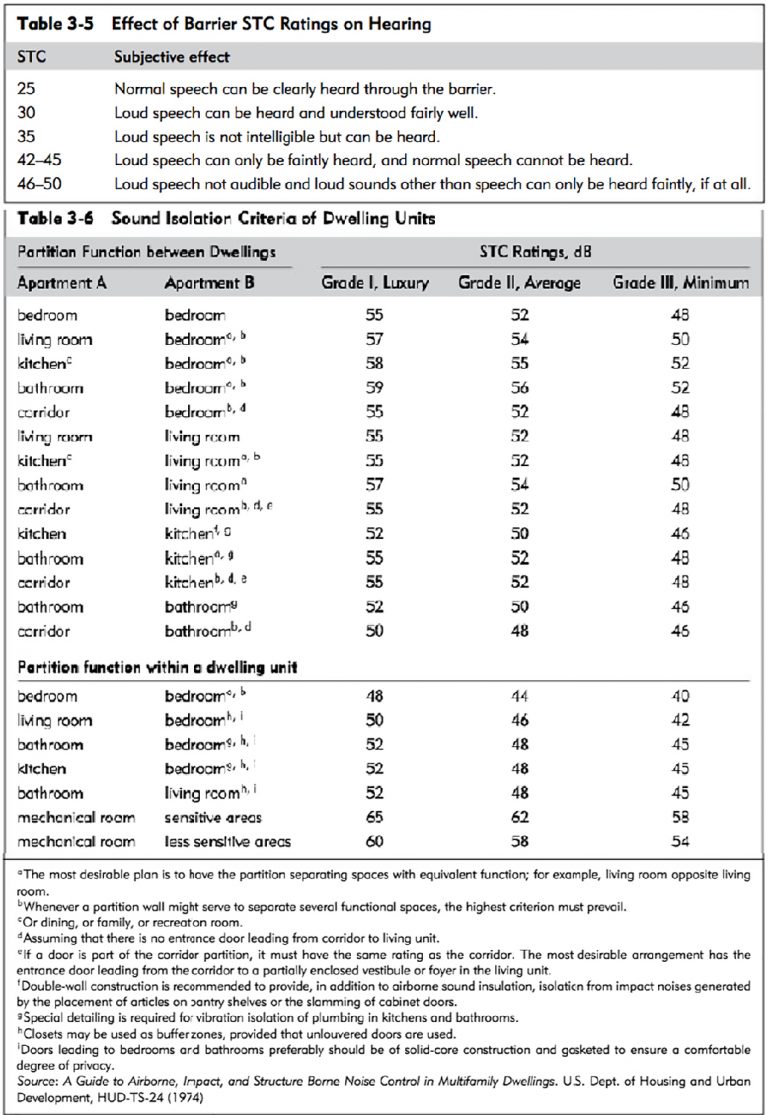Gypsum panel products, the family of products that includes wallboard or drywall, play a crucial role not only in the appearance of a building but also in how a structure performs under the most extreme circumstance—fire.The mechanism is simple science. Calcium Sulfate Dihydrate (CaSO4·2H2O), otherwise known as gypsum, is an inert compound containing 21 percent by weight chemically combined water. Both natural gypsum and synthetic gypsum share this inherent characteristic, which is leveraged to provide buildings, including homes, with passive fire resistance.When a gypsum panel is exposed to high temperatures it does not ignite. Instead, the surface releases steam as the chemically combined water in the core is released. Heat transmission is obstructed until this slow process, known as calcination, is complete. During a fire, wood or steel structural members covered with gypsum panels are protected and the fire is contained because the temperature behind the panel is significantly lower than the temperature at which steel loses strength or wood ignites. Without the passive fire resistance provided by gypsum walls and ceilings, occupants would have less time to escape and fewer homes would be saved by fire services.The significant role gypsum panel products play in passive fire resistance is acknowledged by the building codes, which reference the Gypsum Association’s GA-600 Fire Resistance and Sound Control Design Manual as an appropriate source of tested code compliant systems designed for fire resistance and sound control.
Tại sao bạn nên sử dụng tấm thạch cao cho nội thất:
Ngoài vấn đề thể hiện dễ dàng các ý tưởng mỹ thuật trong nội thất. Thì trong các trường hợp nguy cấp thạch cao cũng đóng vai trò tích cự cho công trình của bạn.
Công thức hoá học của thạch cao là Canxi Sulfate Dihydrate (CaSO4 · 2H2O)cho dù nó là từ tự nhiên hay trong tổng hợp. Thạch cao là chất trơ có chứa khoảng trên 20% tỉ trọng là nước. Vì đặt điểm này nên thạch cao giúp rất nhiều cho quá trình chống cháy.
Khi một tấm thạch cao tiếp xúc với lửa thay vì nó bị cháy thì nó giải phóng 20% lượng nước đang có trong công thức của nó, làm cho nó không cháy mà còn giảm nhiệt độ của đám cháy do sự bay hơi của nước. Thạch cao vô tình làm vật liệu che chắn cho các vật liệu đằng sau nó như hệ thống điện, cột thép … Ngoài ra tăng thời gian thoát hiểm cho công trình.
Sự chống cháy thụ đông của thạch cao được các tổ chức ngành xây dựng công nhận và được vận dụng ngày càng nhiều trong các công trình XD


